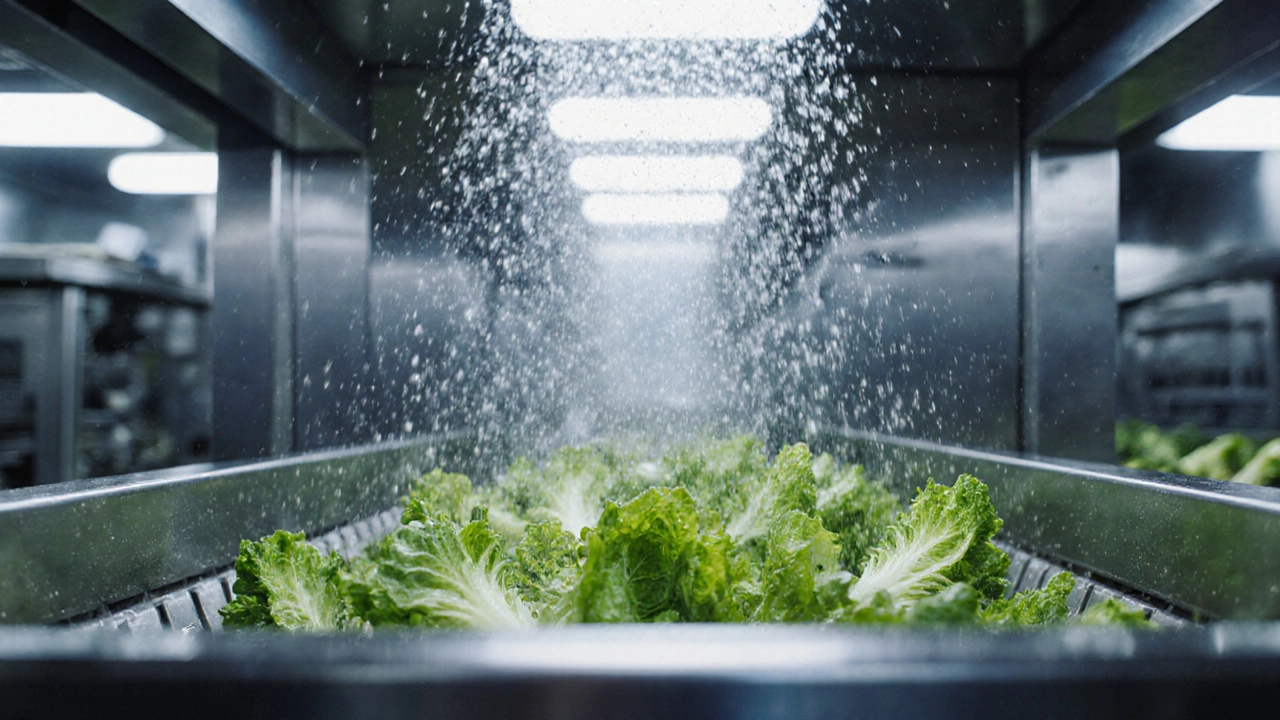Unit Operations: The Building Blocks of Modern Manufacturing
When you walk into a factory, you’ll hear terms like mixing, grinding, drying, and packaging. Those are all unit operations – the basic steps that turn raw material into a finished product. Think of them as the Lego pieces of production: mix them right, and you get a solid structure; get them wrong, and the whole thing wobbles.
Why should you care? Because mastering each operation can boost output, cut waste, and keep costs low. Whether you run a small-scale food unit or a massive pharma plant, the same principles apply. Let’s break down the most common unit operations you’ll meet on the shop floor.
Key Unit Operations in Production
Mixing is usually the first step. It’s about getting all ingredients to merge uniformly. In a spice mill, proper mixing means every packet tastes the same; in a chemical plant, it can be the difference between a safe batch and a hazardous one.
Particle size reduction – grinding, crushing, milling – follows mixing in many processes. Smaller particles increase surface area, which speeds up reactions or improves texture. Remember the old saying: “the finer the grind, the smoother the finish.”
Separation comes next. Filtration, centrifugation, or steam distillation pull out unwanted parts. A dairy plant uses filtration to remove impurities from milk; a metal refinery separates ore from slag. Good separation means higher purity and less rework.
Drying removes moisture that can spoil products or cause corrosion. Whether you use hot air, vacuum, or freeze‑drying, the goal is to reach the right moisture level quickly without damaging the material.
Packaging is the final operation that protects the product, adds branding, and makes handling easier. Automated packing lines can boost speed dramatically, but they must be calibrated to avoid crush damage.
Improving Efficiency with Smart Unit Operations
Now that you know the basics, ask yourself: how can each step be smarter? Start with data. Sensors on mixers can tell you when the blend is uniform, letting you stop the motor early and save energy.
Next, look at equipment layout. Placing the grinder right after the mixer cuts down on material handling time. In our recent post about setting up a small‑scale industry, we showed how a compact floor plan can shave hours off a daily cycle.
Don’t forget maintenance. A worn‑out dryer coil wastes heat, driving up utility bills. Regular checks keep each operation running at peak performance and prevent costly breakdowns.
Finally, consider sustainability. Using waste heat from a dryer to pre‑heat the mixing chamber recycles energy and trims your carbon footprint – something the Indian manufacturing sector is keen to adopt.
Ready to apply these ideas? Browse our tag archive for real‑world case studies, from the “Largest Pharma Hub in India” analysis to the “5 M’s of Manufacturing” guide. Each article shows how unit operations shape success across sectors.
Mastering unit operations isn’t rocket science, but it does require a clear eye on each step. Keep the basics simple, collect data, maintain equipment, and look for ways to reuse energy. Do that, and you’ll see smoother runs, happier customers, and a healthier bottom line.
What Are the Unit Operations in Food Processing?
Explore the essential unit operations in food processing, from cleaning and sizing to pasteurization, drying, and packaging, with practical tips and a handy checklist.
Read MoreUnit Operations in Food Production: The Backbone of Food Processing
Unit operations are the step-by-step building blocks that transform raw ingredients into the food we eat daily. This article explains what these operations are, why they're important, and how they affect everything from shelf life to taste. You'll get simple explanations, real-world examples, and practical tips to understand and spot these operations next time you're in your kitchen. The focus is on helping you see how everyday foods go from field to plate through a series of well-organized actions. Perfect for anyone curious about how the food industry really works.
Read More





